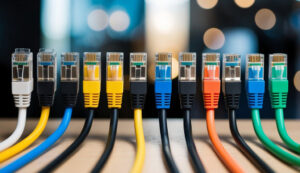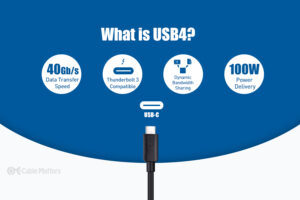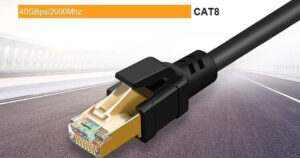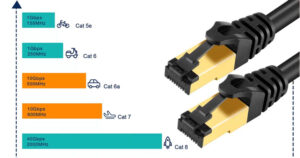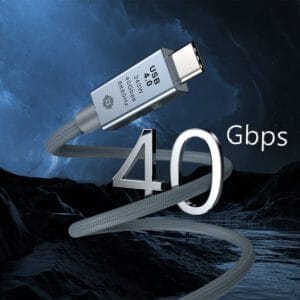
Cat6 vs. Cat7: Abwägen von Kosten und Leistung für Heimnetzwerke
Introduction Choosing between Cat6 and Cat7 cables hinges on balancing performance demands with budget constraints. While Cat7 offers advanced specs, Cat6 remains a cost-effective solution for most residential installations. This article dissects shielding capabilities, bandwidth limitations, and cost trade-offs. Cat6 vs. Cat7 Shielding: Noise Resistance in Home Environments Cat6 Cable: Available in UTP (unshielded) and STP (shielded) variants. UTP: Cost-effective for low-interference areas (e.g., living rooms). STP: Foil shielding minimizes crosstalk in dense setups (e.g., near appliances). Cat7: Standardized with S/FTP shielding (individual + overall foil), ideal for extreme EMI but overkill for typical homes. Key Insight: Most homes don’t require Cat7’s robust shielding.

